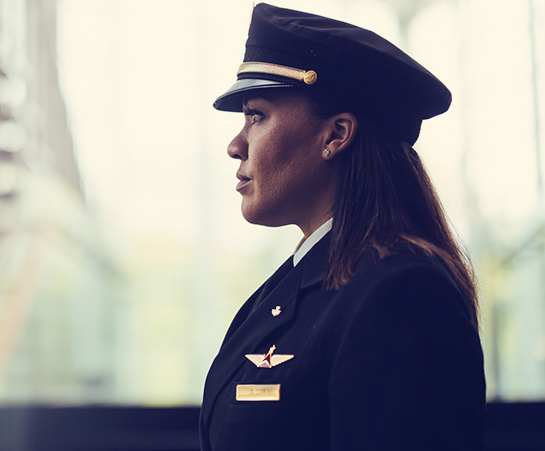
Safety regulations should never be used as a scapegoat for profit
The latest: Some airlines are threatening to cut service to small cities, arguing there is a "pilot shortage" and they don't have enough trained pilots to fly the routes. They suggest tough training standards implemented after the Colgan Air disaster in 2009 are slowing the pipeline of new pilots.
Why this is wrong: America isn't facing a pilot shortage. In fact, not only are there enough pilots to meet current U.S. airline hiring needs, there is a pilot surplus. According to the Bureau of Labor Statistics and the Federal Aviation Administration, there are currently about 1.5 certified pilots for every one needed.
What airlines say: Some airlines are manufacturing a “pilot shortage” and arguing to reduce training, weaken safety laws and hire inexperienced aviators for less pay.
They claim federal training requirements are slowing the pipeline of potential pilots.
What’s really going on: It’s all about profit. Operational decisions — like which cities to serve — are based on whether an airline can make enough money flying a route, not on the pipeline of pilots.
Dive deeper:
The bottom line: Some regional airlines are trying to cut costs on the backs of the communities they serve while pointing the finger at pilot training. Learn more about what some regional airlines are doing here.
The airlines cutting service to dozens of cities across the country are trying to lay the groundwork to weaken the most effective aviation safety law of this century: the Airline Safety and Federal Aviation Administration Extension Act of 2010.
The bottom line: Regulations that have led to the industry’s exemplary safety record should never be eroded just to put more money in the pockets of airline executives. Learn more about why training matters here.
There are plenty of ways to keep attracting students to the industry through private and federal partnerships.
The bottom line: By putting people — both pilots and passengers — over profit, the aviation industry can ensure a steady stream of highly qualified and trained future pilots for decades to come.
Pilots deserve a fair wage, and paying them proportionately to their training and experience will net airlines not just qualified candidates but also a robust pipeline of future aviators.